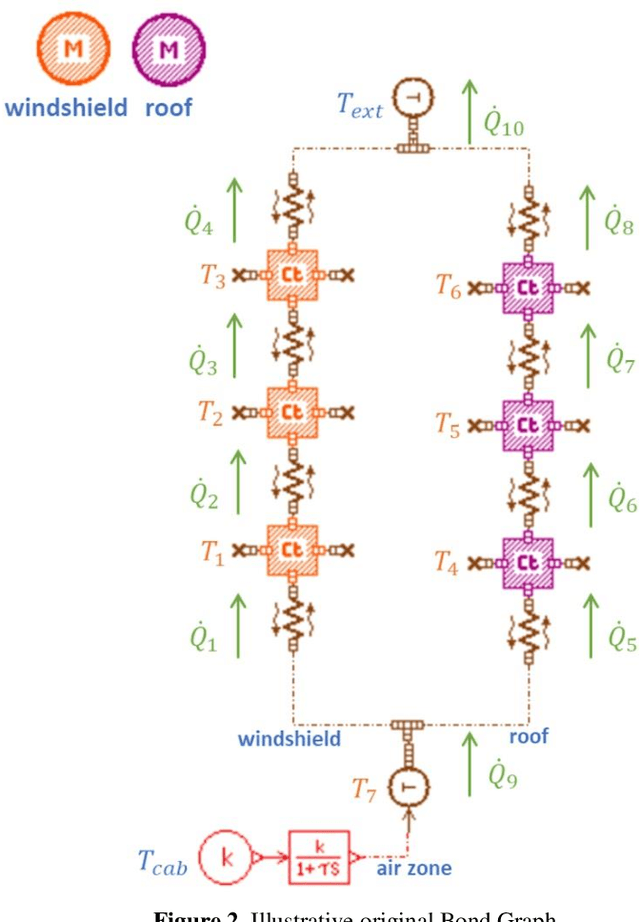Youssef Hammadi
MAT
Reduced Bond Graph via machine learning for nonlinear multiphysics dynamic systems
Apr 29, 2020



Abstract:We propose a machine learning approach aiming at reducing Bond Graphs. The output of the machine learning is a hybrid modeling that contains a reduced Bond Graph coupled to a simple artificial neural network. The proposed coupling enables knowledge continuity in machine learning. In this paper, a neural network is obtained by a linear calibration procedure. We propose a method that contains two training steps. First, the method selects the components of the original Bond Graph that are kept in the Reduced Bond Graph. Secondly, the method builds an artificial neural network that supplements the reduced Bond Graph. Because the output of the machine learning is a hybrid model, not solely data, it becomes difficult to use a usual Backpropagation Through Time to calibrate the weights of the neural network. So, in a first attempt, a very simple neural network is proposed by following a model reduction approach. We consider the modeling of the automotive cabins thermal behavior. The data used for the training step are obtained via solutions of differential algebraic equations by using a design of experiment. Simple cooling simulations are run during the training step. We show a simulation speed-up when the reduced bond graph is used to simulate the driving cycle of the WLTP vehicles homologation procedure, while preserving accuracy on output variables. The variables of the original Bond Graph are split into a set of primary variables, a set of secondary variables and a set of tertiary variables. The reduced bond graph contains all the primary variables, but none of the tertiary variables. Secondary variables are coupled to primary ones via an artificial neural network. We discuss the extension of this coupling approach to more complex artificial neural networks.
 Add to Chrome
Add to Chrome Add to Firefox
Add to Firefox Add to Edge
Add to Edge